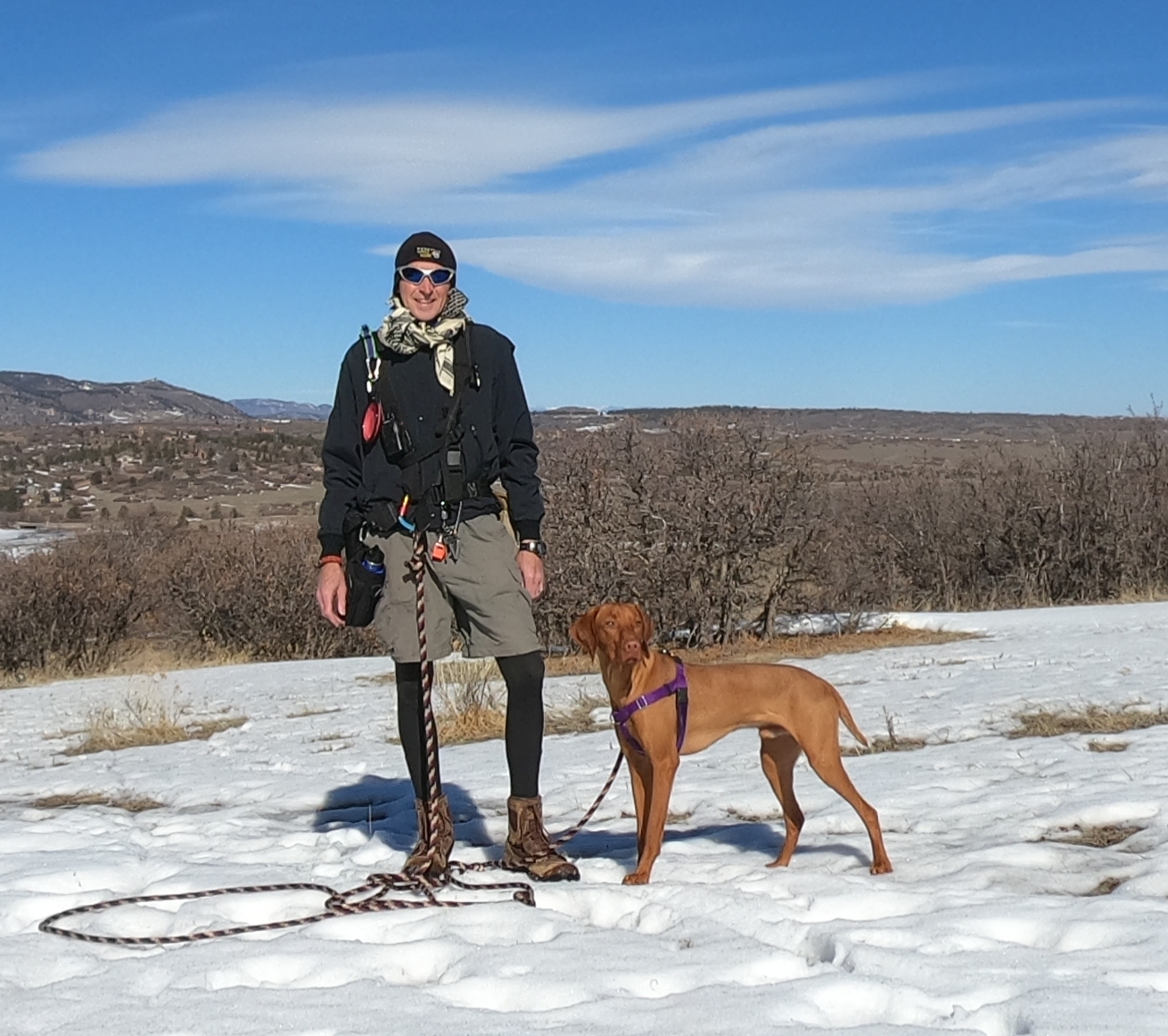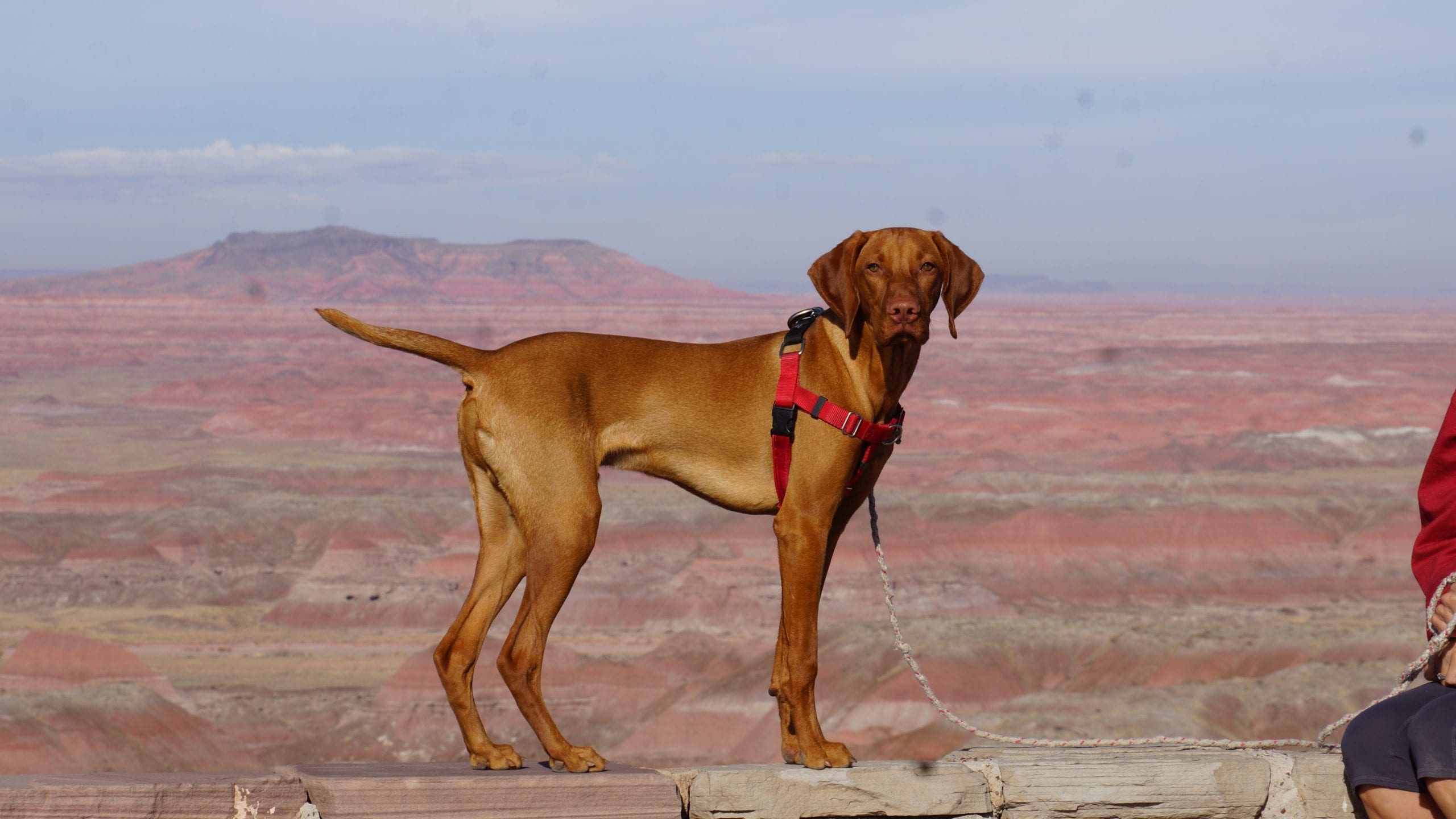To sell to Walmart can be boiled down to the following:
Cash and Inventory
Retail takes cash. You will have to invest in product inventory that won’t realize cash very soon. Expect to pay upfront shelf fees to get your product on shelf. It could be a combination of cash, free product to stock stores or discounts on your opening order. General retailer terms range from 15 days to 60, but can be longer for new products. Some retailers will only pay you when the product rings through the register, called pay on scan. You can eventually get on normal terms when your product shows movement off the shelf.
Your will need to invest in sufficient inventory to meet demands by the retailer. For product entry, assume at least 1-2 cartons per store per product. While shelf movement for each product and category is different, this can help serve as a guide to understand relative movement from one channel to the next:
Figure 1 – Relative Movement in Retail Channels
It’s not just inventory you ship to stock a shelf. While you have product selling from the shelf to customers, you will also have product in your warehouse, in transit, in the store district centers, and possibly in a store warehouse. It takes a lot of inventory to fill and maintain this pipeline, especially for mass and club retailers.
Movement and Promotion
Prior to gaining entry with a major retailer, you will need to show that your product sells. If you are a new brand, you often start with small single-location retailers, then add larger chain or regional players before having a chance with the majors. Product movement takes promotion and for large retailers, that usually means a national marketing plan that probably involves TV, radio and/or print or some combination thereof. Or, if appropriate, you could use a direct response/infomercial strategy to sell your product, which can build widespread awareness and serve as your national marketing and branding platform. However, this strategy also takes cash.
Differentiation and Product Features
In general, it is hard to make it on shelf. Product ideas and manufacturing capabilities and capacities are seemingly endless, but the real estate in a store is not. You will have to compete for space with direct or substitute competitors. Further, retailers are creating space for their own brands, pushing out traditional consumer packaged good manufacturers. Retailers make more money with their own brands because they keep the margin in profits that a CPG company would have.
A competitive advantage over another product will not always get you in. You may have to prove that you can increase the number of consumers that buy in the store category.
If you get into retail, hopefully you already have an additional product in the works or different variations of your flagship product (flavors, sizes, colors, etc) to follow. It is far easier for a retailer to deal with manufacturers who have staying power and the less they need to change out product and reset their shelves, the better for them. If you want to grow, you need to capture more shelf space, and that comes from more products. Consumers can also tire of your product, so its important to offer variation, improvements or new products to compliment your brand. Unfortunately, this needs to happen faster than you might think. My rule of thumb is when I launch a product in retail, I better have the next one ready to go so if my brand really takes off, I can capitalize on the momentum. Aggressive innovation is also a good competitive strategy.






